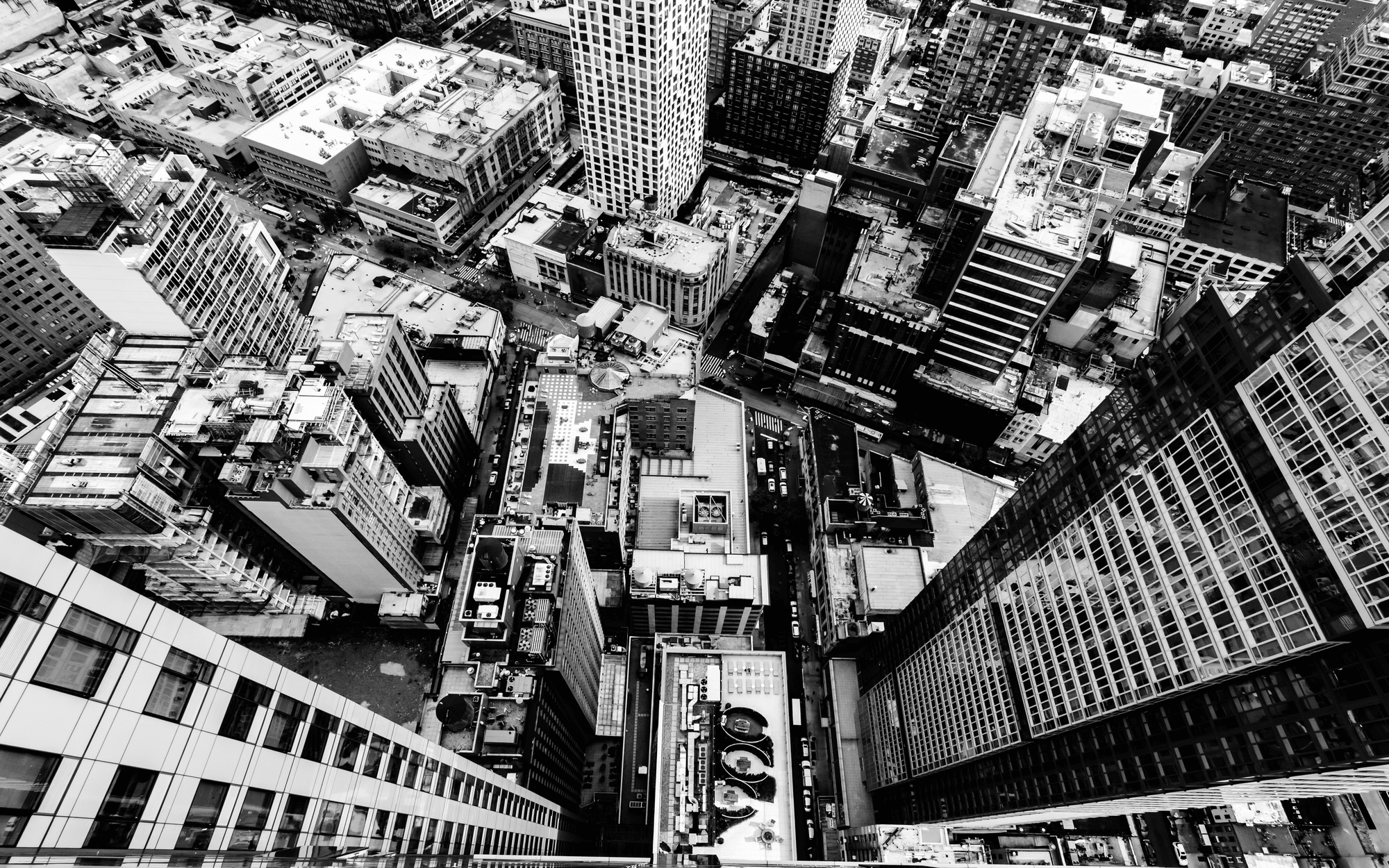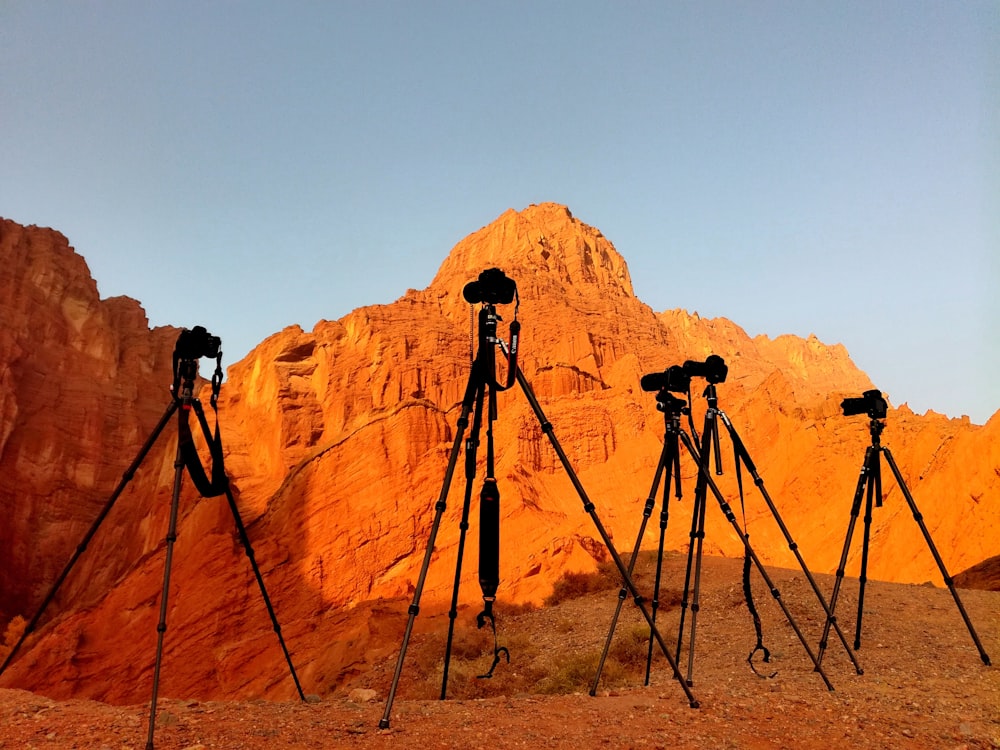This blog post is about the top five reasons for images being rejected on Wirestock. We compiled this list to help optimize your chances of success. The fact your photo was rejected doesn’t mean the image is bad. Most likely it has to do with problems with trademark, noise, composition, focus, or exposure. These mistakes are avoidable, and we will go through each one in this article. Remember: before submitting always inspect your images for any imperfections at full resolution, at 100% zoom. If you see something is off, it is likely the reviewer will as well.
1. Trademark and Intellectual Property
Anything with brand names or logos visible in the shot will be rejected unless it is submitted as editorial content. If you submit your photos as editorial content, trademarks and intellectual property are allowed. For commercial content, pay close attention to trademarks in clothing and accessories, coffee cups, and store signs. Also, look out for an intellectual property in commercial images such as paintings, tattoos, and modern designs. If possible, rearrange the shot so that the logos or intellectual property are not visible.
Modern buildings and isolated buildings and vehicles will be rejected based on intellectual property regulations. Keep in mind: taking photos of cityscapes in a wider shot is much more likely to be accepted than a unique, isolated building is.
Keywording issues. If you use a trademarked word in your keywording, it is likely to be rejected. We recommend using keywording tools to help you correctly populate your image.
Photo courtesy of Ben O'Bro
2. Noise
An image with excessive noise or film grain will be rejected. Noise in the image appears in the form of grains or spots on the image. We recommend familiarizing yourself with ISO. The higher the ISO, the more problems you are likely to have with noise. The lower the ISO, the less likely you are to have these problems. Noise is often seen in shadows, so pay special attention to the shadows in images when you are shooting outdoors.
Avoid compressing your images too much. Evidence of compression looks like blocky pixels in an image. A good tip is to shoot at the highest quality JPEG setting that you can. Your camera may be compressing your files automatically so, check in with your camera settings to avoid this.
Avoid overprocessing your images. Photoshop is great, especially to remove trademark labels or reduce overexposure, but too much editing and effects can lead to posterization. Most of the problems we see with posterization are in the skies of landscape photos.
Equipment. Shoot with a digital SLR rather than point and shoot to avoid noise in your photos.
Photo courtesy of Timothy Newman: DSLR camera.
3. Composition
Follow “the rule of thirds”. Breaking this rule can result in the rejection of your images. The rule of thirds is a guideline many professional photographers follow. If you imagine the image is divided into thirds, both horizontally and vertically, and line up the elements of the shot with these lines, your photo is more likely to be successful. Utilize the built-in grid of your camera to split up the shot into thirds. Think about lining up the horizon line with one of the third horizontal lines. If the horizon line is crooked, the image can be rejected.
Distractions in the image. An image can be rejected due to other elements in the image that aren’t relevant to the main concept of the shot. Pay attention to the entire frame to see if there are any distractions. When shooting, take the photo at many different angles in case you miss something.
Think of the photo from the eye of the buyer. Images that sell frequently have concepts that work on many different levels. Many times, the customer wants an image with some negative space so that they can include text in it. Experiment with utilizing negative space in your shots.
Photo courtesy of David Aler: a good example of using "the rule of thirds" in the horizon line of an image.
4. Focus
If your image is out of focus, it is likely to be rejected. Many times, the image focus is too soft or too blurry due to camera shake.
Don’t always trust the autofocus setting. We recommend using single area autofocus for stationary objects, and the continuous setting for images with movement. Experiment with manual focus and using different lenses to avoid focus problems.
Use a tripod or stabilize yourself when shooting. Without a tripod, there are some things you can do to stabilize the shot. Always keep your elbows close together. This provides stability and keeps your center of gravity nice and low. While shooting, try to control your breathing, try not to exhale when releasing the shutter, this will also help to avoid blurry images because of camera shake.
Photo courtesy of Richard Lee
5. Exposure
If the image is underexposed, overexposed, or shot in unflattering lighting conditions, it is likely to be rejected.
Avoid the midday sun. The golden hour is the first hour of light after sunrise and the last hour of light before sunset. These are optimal windows of shooting. The light is often less contrasting and harsh during these times.
Experiment with metering modes and don’t ignore your camera’s internal light meter. If your camera doesn’t have a light meter, you could invest in an external light meter to use which is sometimes more accurate than the ones built into the camera.
Learn to interpret the histogram. Histograms represent the tonal values in your images and can help you avoid exposure problems.
If your images do get rejected for exposure reasons, it is possible to correct them in post-production programs to optimize the exposure and resubmit.
Photo courtesy of Maxim Medvedev: reading the histogram.
Don’t take it personally if your image gets rejected. Stay tuned to the restriction list which is a list of subjects that will automatically be rejected for intellectual property reasons. Check out our other posts with tips in order to optimize your chances for success in stock photography.







